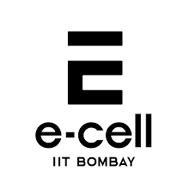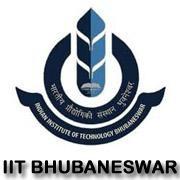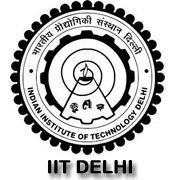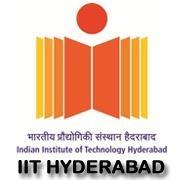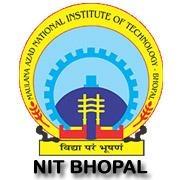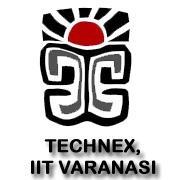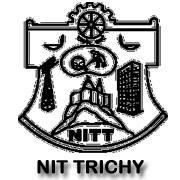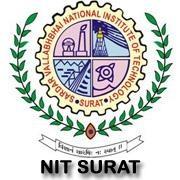



Digital images and videos are everywhere these days – in thousands of scientific (e.g., astronomical, bio-medical), consumer, industrial, and artistic applications. Moreover they come in a wide range of the electromagnetic spectrum - from visible light and infrared to gamma rays and beyond. The ability to process image and video signals is therefore an incredibly important skill to master for engineering/science students, software developers, and practicing scientists. Digital image and video processing continues to enable the multimedia technology revolution we are experiencing today. Some important examples of image and video processing include the removal of degradations images suffer during acquisition (e.g., removing blur from a picture of a fast moving car), and the compression and transmission of images and videos (if you watch videos online, or share photos via a social media website, you use this everyday!), for economical storage and efficient transmission.
This course will cover the fundamentals of image and video processing. We will provide a mathematical framework to describe and analyze images and videos as two- and three-dimensional signals in the spatial, spatio-temporal, and frequency domains. In this class not only will you learn the theory behind fundamental processing tasks including image/video enhancement, recovery, and compression - but you will also learn how to perform these key processing tasks in practice using state-of-the-art techniques and tools.
MATLAB (matrix laboratory) is a multi-paradigm numerical computing environment and fourth-generation programming language. MATLAB is a high-performance language for technical computing. It integrates computation, visualization, and programming in an easy-to-use environment where problems and solutions are expressed in familiar mathematical notation. Typical uses include: Math and computation. Algorithm development. Etc.
Topics to Be Covered
Introduction to MATLAB
Arithmetic Functions in MATLAB
Introduction to Signal & System
Introduction to Simulink
Fourier Transform and Sampling
Introduction to Image Processing
Image Arithmetic
Image Filtration
Morphological Image Processing
Introduction to Graphical User Interface
Application and Demos
Image Recovery
Image Compression
Video Compression
Image and Video Segmentation
Duration: The duration of this workshop will be five consecutive days, with 6-7 hours session per day
Certification Policy:
Eligibility: There are no prerequisites. Anyone interested, can join this workshop.
